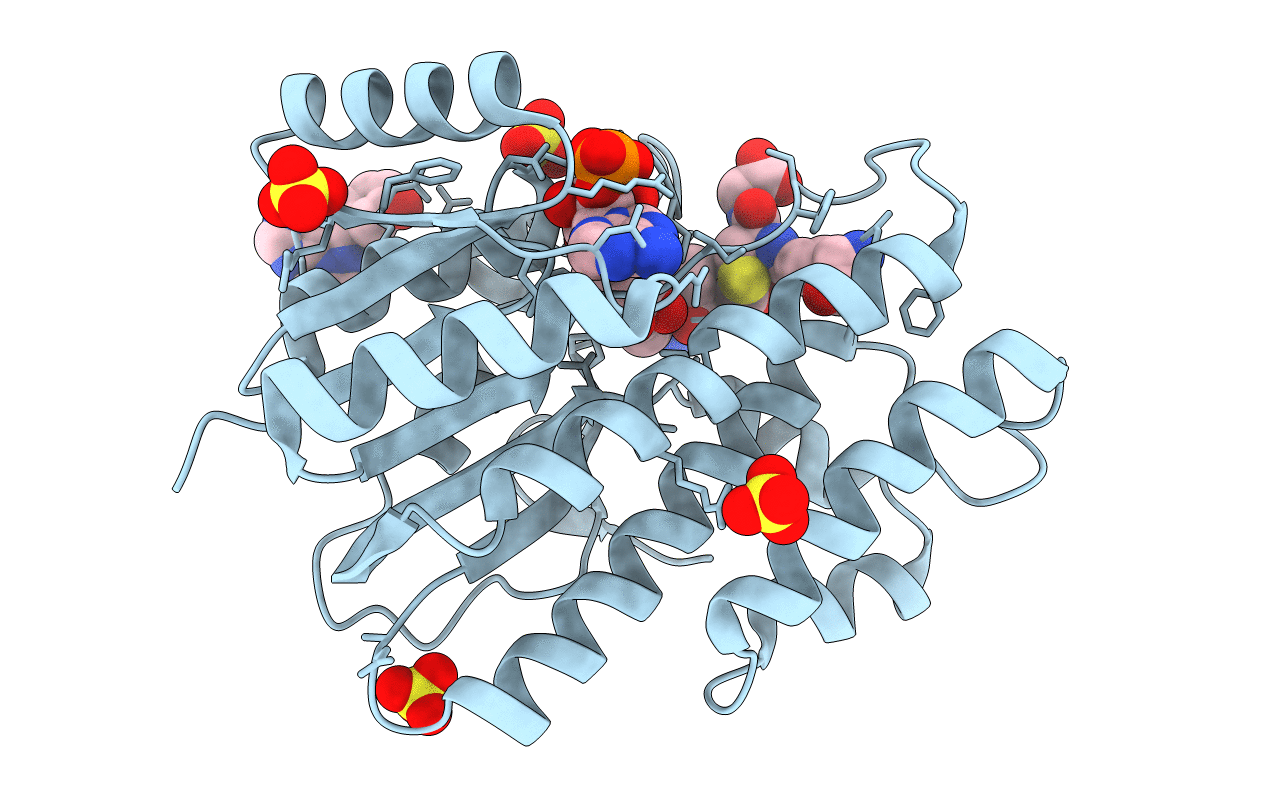
Deposition Date
2007-11-28
Release Date
2008-10-21
Last Version Date
2023-11-01
Entry Detail
PDB ID:
3BHM
Keywords:
Title:
Crystal structure of human Carbonyl Reductase 1 in complex with S-hydroxymethylglutathione
Biological Source:
Source Organism:
Homo sapiens (Taxon ID: 9606)
Host Organism:
Method Details:
Experimental Method:
Resolution:
1.80 Å
R-Value Free:
0.20
R-Value Work:
0.17
R-Value Observed:
0.17
Space Group:
P 21 21 21


